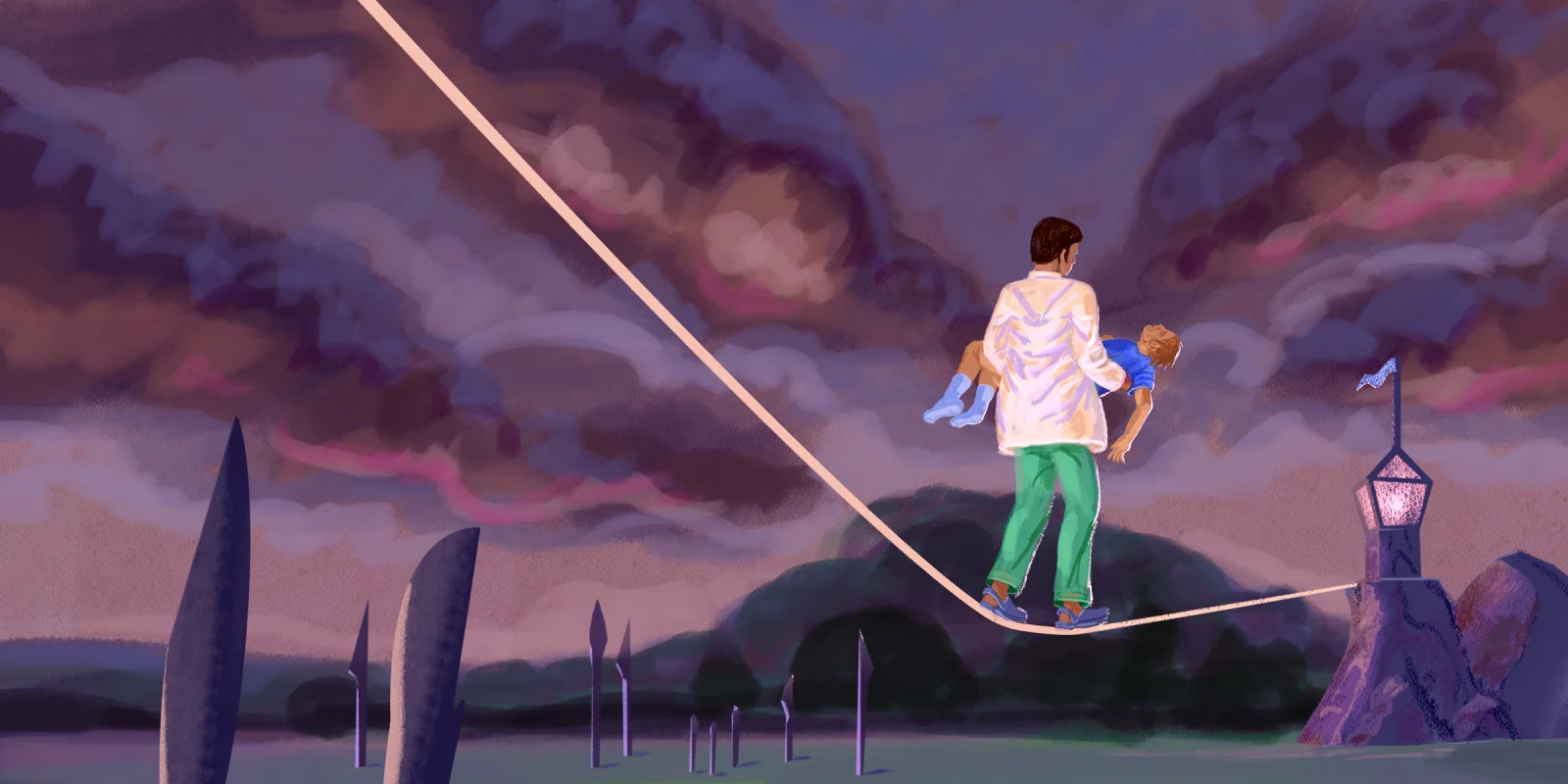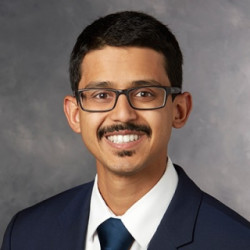Our role as physicians, surgeons, and healers is to reduce suffering. We relieve symptoms and ease pain through medication, surgery, and often, our presence and words.
As surgeons, we have the ability to quickly relieve pain at the bedside through all manner of procedures. Abscesses can be drained, lacerations closed, and dislocations reduced, resulting in quick improvement in someone’s condition. As health care professionals, we have the benefit of having taken many patients through the treatment process and may know what a person can bear. For most of our patients, though, this is the first time they are undergoing a particular procedure.
Even though these procedures are intended to help, they can be painful to undergo. Despite local and regional blocks, infected wounds can be recalcitrant to complete anesthesia. An outsider might ask why we do not take them to the OR and perform the procedure under general anesthesia, but there are many settings where this is logistically impossible.
Once, as a new second-year resident holding the consult pager, I was paged overnight by the ER to drain a large pre-maxillary and nasal abscess in a young man. I explained the situation and why I needed to drain the abscess. After a few minutes of gathering the supplies, I started injecting lidocaine with epinephrine to the area. He immediately recoiled and yelled.
"This is the worst part," I tried to assure him.
After putting several milliliters of local anesthetic into the region, I felt I must have reached adequate anesthesia to drain the abscess without causing him pain. After aspirating to obtain a sample for culture, I used a No. 15 surgical blade to incise into the abscess; there was a copious amount of thick purulence. I tried to use a Kelly clamp to break up the loculations and explore the pocket. He writhed away in pain.
"Just stay still," I pleaded. "We need to get this done."
"It hurts, just stop, it's good now," he replied.
There was still plenty of fluid in the area, and based on the CT scan, I knew I needed to evacuate more of it.
"There's still a lot of pus there, I need to get more of it out, otherwise this could just come back," I told him. "I'm going to inject some more local, OK? That will help."
Getting complete anesthesia deep into such a large abscess cavity felt impossible. I took a curved Kelly clamp and once again began spreading within the abscess, but he twisted away from me again. "Please doc just stop," he said.
I couldn't do it anymore; I was torturing this patient. I knew that I hadn't adequately drained the pus, but what else could I do. I squeezed out what I could and began packing the wound with strip gauze. He yelled again, pulling my hand away. I knew I should pack additional gauze into the area, but I couldn't put him through that again, so I secured the packing with tape and told him it was done.
Unsurprisingly, two days after initially improving, the abscess had reaccumulated, and the patient needed to undergo drainage again. As I repeated the procedure, this time with some additional premedication and the more deft hands of my chief resident, I cursed myself for not more fully addressing the abscess the first time around.
An area I continue to struggle with is inflicting pain upon another human being, even though the intention is to help. Early on in my training, this resulted in either aborting procedures too early or not seeing them through to the maximal extent, thus potentially setting up the patient for treatment failure or a repeat procedure.
With more experience, I have become better at setting expectations with patients so they know what to anticipate. Complete honesty and transparency helps as well. Providing forewarning and explaining why an uncomfortable or painful procedure is necessary and how I will minimize the pain is an opportunity to build patient trust. Involving patients as active participants in their care — “Tell me when you’re ready to move on to the next step,” or “Hold this suction and use it like at the dentist when you need to” — can help restore some measure of autonomy.
Yet discomfort and tension remain between my stated goal of alleviating suffering while still knowingly inflicting it — sometimes even pushing forward with a procedure despite a patient’s instinctive reflex to pull away or exclaim, “Stop!” Unlike in the OR, this interaction occurs face to face; it is personal, and it does not reconcile easily in the moment with alleviating suffering. It begs the question, “How do we uphold our obligation to do no harm, if in the moment, our best treatments cause suffering?”
How do you balance the obligation to do no harm with treatments that may cause suffering? Share your experiences in the comment section.
Dr. Neelaysh Vukkadala completed his residency in Otolaryngology-Head and Neck Surgery at Stanford University and is currently a laryngology fellow at UCLA. He is interested in medical ethics, quality improvement and teaching. He enjoys writing, hiking and landscape photography and can be found on Instagram at @picturesbynv. Dr. Vukkadala is a 2022-2023 Doximity Op-Med Fellow.
Illustration by Jennifer Bogartz







